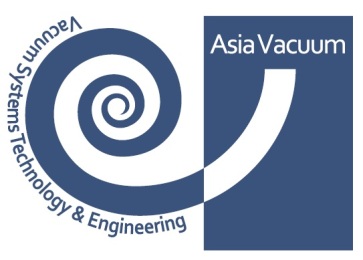[fsn_row][fsn_column width=”12″][fsn_text]
compressor
Compressors are similar to pumps:
The main and important types of gas compressors are shown and discussed below:
Rotary screw compressors:
Use two positively rotating screw bolts to transfer gas to a smaller space. These are typically used for continuous operation in commercial and industrial applications and may be fixed or portable. Their application can be from 3 hp (2.2 kW) to more than 1200 hp (890 kW) and from low to medium pressure (> 1200 psi or 8.3 MPa). The classification of rotary screw compressors varies based on steps, cooling methods, and types of drives in other cases. Rotary screw compressors are commercially produced in Oil Flooded, Water Flooded and Dry type.
Rotary vane compressors:
It consists of a rotor with a number of blades placed in radial slots in the rotor. The rotor moves in a larger chamber that is more circular or complex in shape. As the rotor rotates, the blades go into the slots and make contact with the outer wall of the chamber. Therefore, a series of low and high volumes is created by rotating blades. Rotary Vane Compressors are one of the oldest reciprocating compressors. With proper port connections, the devices may be a compressor or a vacuum pump. They can be fixed or portable, they can be single or multi-stage and powered by electric motors or motors Internal combustion is driven. Dry vane machines are used at relatively low pressures (eg 2 bar or 200 kPa or 29 psi) to move bulk material, while oil injection machines have the volumetric efficiency required to achieve pressures up to about 13 bar. (1300 kPa; 190 psi) In one stage, the rotary vane compressor is perfectly suitable for electric motor drive and is much quieter in performance than the equivalent reciprocating compressor. Rotary vane compressors can have a mechanical efficiency of about 90%.
3) Scroll compressors:
[/fsn_text][/fsn_column][/fsn_row]
